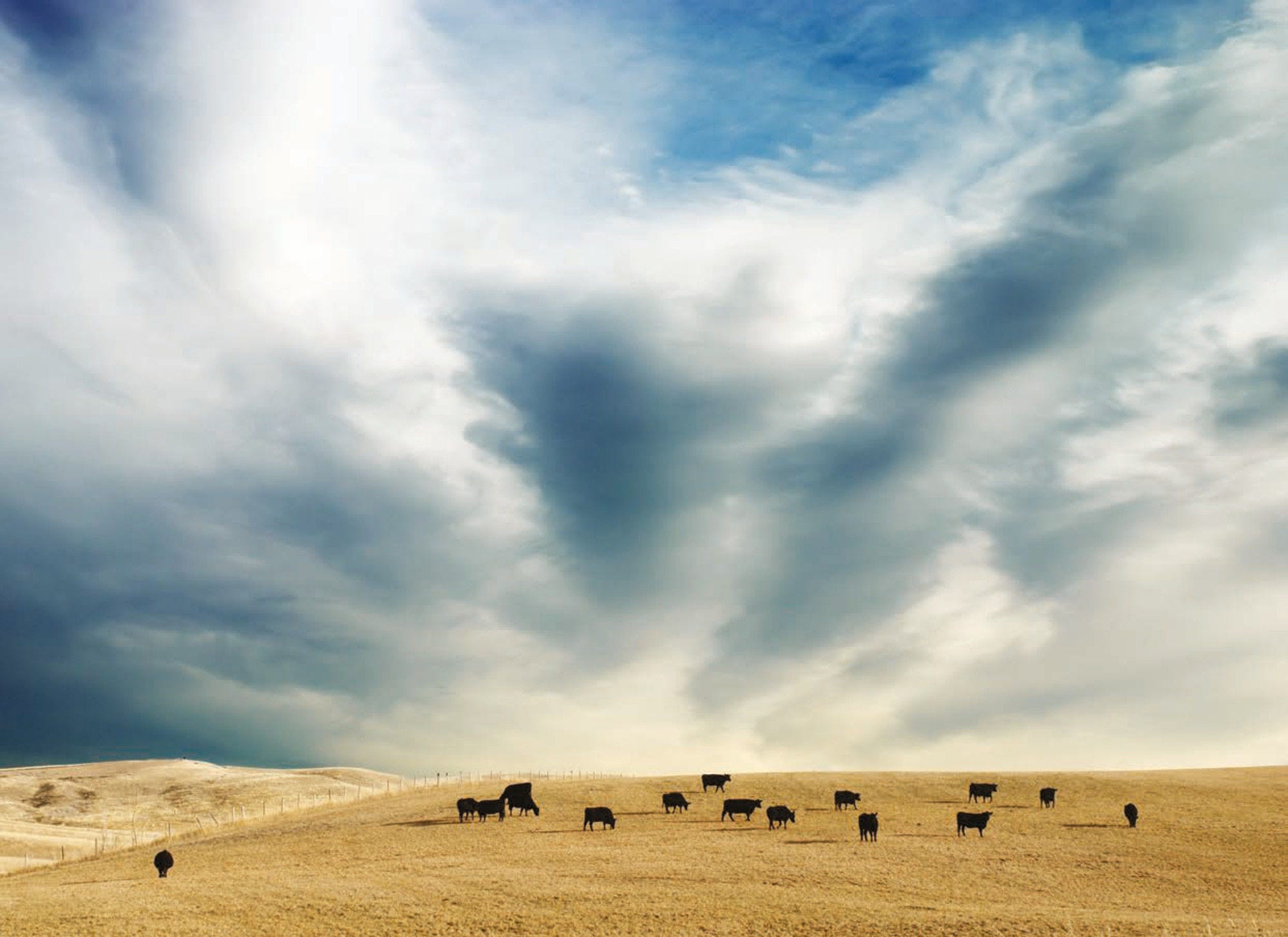Agricultural policy emphasis has not changed over the past decade, and has been characterised by the provision of: 1) rural credit, developed since the 1960s; 2) risk management programmes including subsidised insurance programmes introduced in 2005; 3) some minimum and reference prices and marketing interventions (e.g. government purchases of food); and 4) agricultural land zoning with environmental compliance and promotion of biofuels. The annual Agricultural and Livestock Plan (PAP) administered by the Ministry of Agriculture, Livestock and Food Supply (MAPA) defines the key parameters of agricultural policy. Small-scale family agriculture policy is now also managed by MAPA under the Secretariat of Family Agriculture and Cooperativism and the Secretariat of Agricultural Policy. Family agriculture was previously managed by the special Ministry for Family Agriculture and Agrarian Development (MDA) directly under the Presidency. Lastly, a key public policy in agriculture has been on innovation, R&D and extension services provided by the Brazilian Agricultural Research Corporation (EMBRAPA), created in 1973.
Brazil’s agriculture has low price support overall. However, minimum guaranteed prices are used regionally, which cover a broad range of crops and a few livestock products such as cow and goat milk, and honey. These are set by the National Monetary Council (CMN) considering domestic and international prices, and the evolution of production costs in different locations. To secure these minimum guaranteed prices, the government implements several price support mechanisms on the domestic market, including direct government purchases (PAA programme), premiums to commercial buyers who pay minimum fixed prices to producers, and public and private options contracts backed by a private risk premium option. In addition, producers receive reduced-interest marketing loans, which enable them to withhold the sale of a product in anticipation of a higher market price. The National Food Supply Agency (CONAB) operates these programmes on behalf of MAPA. Several programmes offer deficiency payments calculated as the difference between the market price and the minimum (reference) price (e.g. the Rural Equity Prize programme called PEPRO, and the Product Reward Prize programme known as PEP).
One of the main agricultural policy instruments is credit at preferential interest rates provided to commercial, medium and small-scale family farms. It is designed and implemented in co-operation between the Central Bank, the Treasury, the Secretariat of Economic Policy (Ministry of the Economy) and the Ministry of Agriculture. Most rural credit is allocated under the National Rural Credit System (SNCR) and provided at preferential interest rates with differentiated conditions for small farmers (PRONAF) and medium size farmers (PRONAMP) compared to commercial farms. The main sources of preferential rural credit are Compulsory Resources or lending quotas, equivalent to around 25% of sight deposits in commercial banks and 59% of Rural Saving deposits, Constitutional Funds and loans from the National Bank for Economic and Social Development (BNDES).
Additional sources of preferential rural credit are the Coffee Fund (FUNCAFÉ) and the Agribusiness Credit Notes called LCAs (Letras de Crédito do Agronegócio). These are fixed-income securities backed by credit transactions linked to agribusiness, of which 32% have to be allocated to rural credit at zero interest rates. Some support is provided through debt rescheduling arrangements that are set to end by 2022.
Agricultural insurance support is either in the form of insurance premium subsidies or by compensating farmers for production losses due to natural disasters. Two programmes target commercial farmers: the rural insurance premium programme (PSR) grants insurance premium subsidies to commercial producers who establish contracts with insurance companies listed by the government; and the general agriculture insurance programme (PROAGRO) that offers farmers with a partial compensation that incur on investment losses when using working capital loans. Most resources from this programme are allocated to the southern region for grain crops, mainly soybeans. Small-scale family farms can benefit from two other programmes: the PROAGRO-Mais or family agriculture insurance (SEAF); and the crop guarantee programme in the north-east of the country (Garantía Safra, GS).
Rural credit and subsidies insurance programmes have to comply with environmental criteria defined by the Environmental Rural Registry (CAR) a mandatory digital registration. Working capital credit is conditional on agricultural zoning of climatic risks Agricultural Risk Zoning (ZARC), which links agricultural support to farming practices and activities adapted for the environmental sustainability of each geographical zone. Compliance with zoning is also required to access PROAGRO programmes. Rural environmental registration of geo-referenced information on rural property, including property perimeters, location of Permanent Preservation Areas, Legal Reserves, Restricted Use Areas, and areas of agricultural production is compulsory across the country since 2012.
Lastly, some agricultural tariffs were reduced to curb food price inflation; and a temporary suspension of non-Mercosur import tariffs was established on soybeans, soymeal and soy oil until 15 January 2021, and on maize until 31 March 2021. Import tariffs were previously 8% for maize and soybean, 6% for soymeal and 10% for soy oil.
